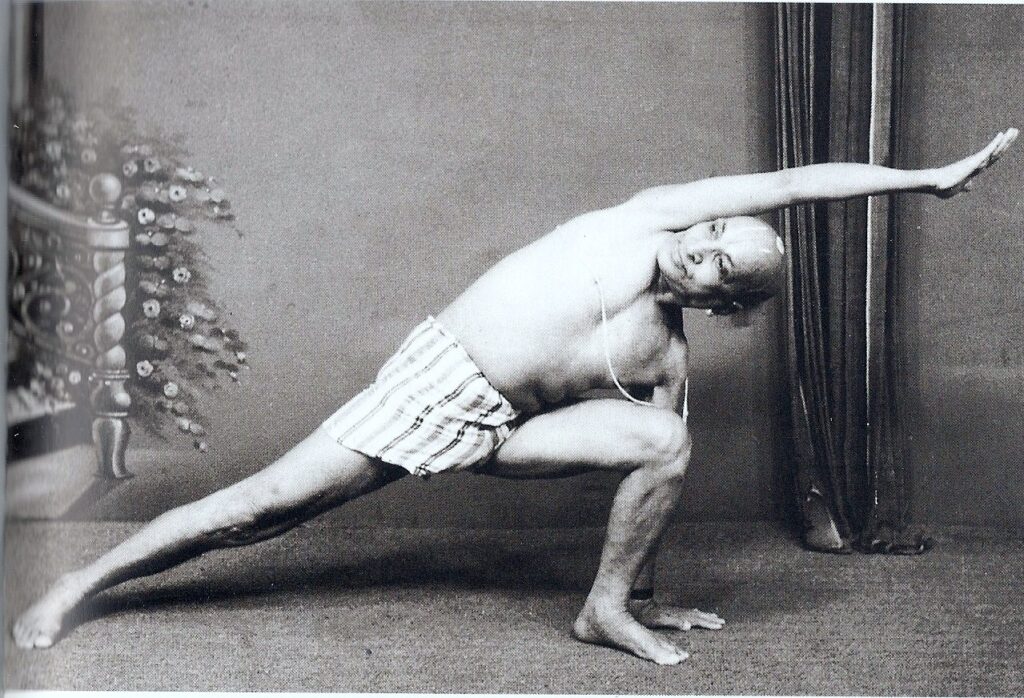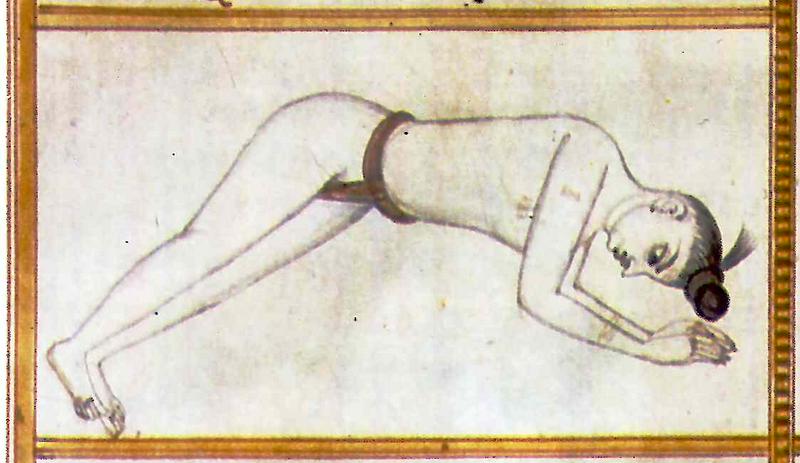Sri Ramamohan Brahmachari was an influential and enigmatic figure in the world of yoga. Revered as a master and teacher, he played a crucial role in the preservation and transmission of ancient yogic knowledge. This article delves into his life, teachings, and legacy.
Early Life and Background
While detailed biographical information about Sri Ramamohan Brahmachari is scarce, it is known that he lived during the late 19th and early 20th centuries. He resided in the Himalayan mountains, specifically around Mount Kailash, which is considered a sacred site in Hinduism and Buddhism.
Meeting with Krishnamacharya

Sri Ramamohan Brahmachari’s most famous disciple was Sri Tirumalai Krishnamacharya, often referred to as the “Father of Modern Yoga.” In the early 20th century, Krishnamacharya embarked on a journey to find Brahmachari, seeking to deepen his understanding of yoga. After months of travel, he found Brahmachari living in a cave in Himalayas with his family.
Under Brahmachari’s tutelage, Krishnamacharya spent over seven years studying various aspects of yoga, including asanas, pranayama, and the therapeutic benefits of the practice. Brahmachari’s teachings emphasized the integration of physical postures and breath control with meditative practices.
Teaching Philosophy
Brahmachari’s approach to yoga was holistic and comprehensive. He is reputed to have mastered thousands of asanas and possessed extensive knowledge of ancient yogic texts. One of the most significant texts he is said to have transmitted to Krishnamacharya was the “Yoga Korunta,” a lost manuscript that detailed numerous yoga postures and sequences.
His teachings were not limited to physical practice. Brahmachari also imparted the importance of living a life of discipline, simplicity, and devotion. He encouraged his students to balance their spiritual practice with their worldly responsibilities.
Legacy and Influence
Sri Ramamohan Brahmachari’s influence extends through his disciples, particularly Krishnamacharya, who went on to become a pivotal figure in modern yoga. Krishnamacharya’s students, such as B.K.S. Iyengar, K. Pattabhi Jois, and Indra Devi, further propagated Brahmachari’s teachings globally, adapting them into various styles of yoga like Iyengar Yoga, Ashtanga Yoga, and Viniyoga.
Brahmachari’s legacy is also seen in the therapeutic aspects of yoga. His emphasis on yoga as a means to promote health and well-being has been integrated into many modern yoga practices, making yoga accessible and beneficial to a broader audience.
Conclusion
Sri Ramamohan Brahmachari’s contributions to yoga are profound yet understated. Through his dedicated practice and teaching, he preserved ancient yogic knowledge and ensured its transmission to future generations. His legacy lives on through the many styles of yoga practiced today and the countless individuals who continue to benefit from his wisdom.

